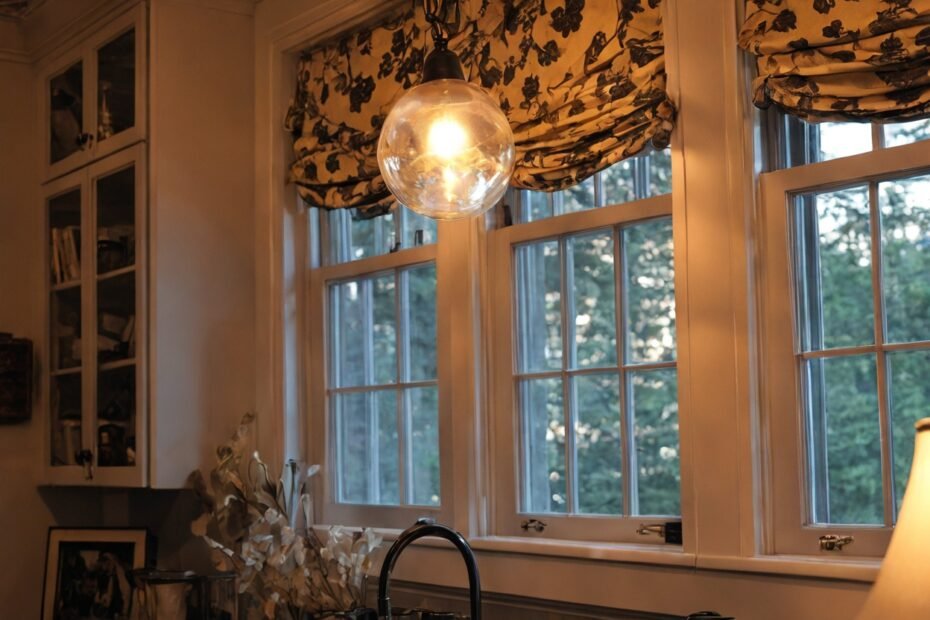If you live in an older home, chances are your windows are full of charm—and frustration. Sticking sashes, rattling glass, and icy drafts are familiar annoyances for anyone with original wood windows. While replacing them entirely with modern vinyl or aluminum might seem like the easy route, there’s a better solution: sash window replacement.
Rather than tearing out the entire frame, replacing just the sash allows you to restore function, improve efficiency, and preserve the architectural integrity of your home. Here's why it's often the smartest—and most respectful—option for historic homes. If you are in the vicinity of San Luis Obispo, there are not very many people who know how to do this. Hiring a professional who knows how to restore, repair, restore and replace a window sash is crucial to get you windows back in working order.
What Are Sash Windows, and Why Are They Worth Preserving?
A sash window consists of one or more movable panels (sashes) that hold panes of glass and slide vertically within the frame. This design has been a staple in residential architecture since the 17th century and was widely adopted in American homes from the 18th century through the early 20th.
Most historic sash windows are double-hung, meaning both the upper and lower sashes can move. They’re built for serviceability, using mortise and tenon joinery, weight-and-pulley systems, and true divided lights. When well maintained, these windows can last for centuries.
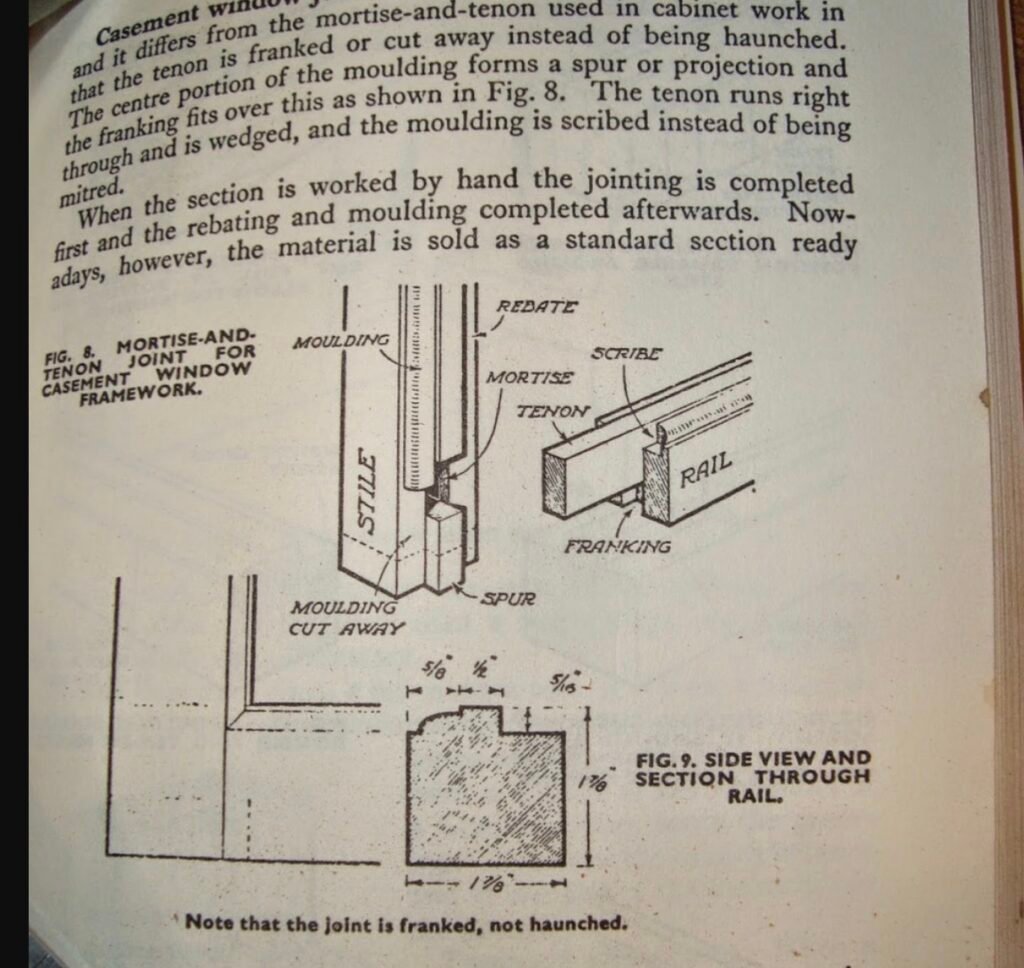
Replacing them with modern units often means losing period details like custom profiles, narrow muntins, and high-quality old-growth wood.
The new muntins I see in modern doors and windows are much chunkier and don't have the refined look of the traditional profile. In contrast, a properly built replacement sash preserves the look and feel of the original while upgrading performance.
It should be noted, that many modern replacement don't even use true divided lites and the result is muntins that are just glued on from one side. This give the window a very different look and feel from the original.
Common Problems in Aging Sash Windows
Even well-built sash windows eventually show signs of age. Here are a few common issues:
- Sticking or jammed sashes, often due to multiple paint layers or humidity warping the wood
- Broken sash cords that prevent proper movement
- Cracked glazing or loose panes, reducing energy efficiency
- Rotted or softened wood, especially at the bottom rail or corners
- Drafts or rattling, a sign that the sash no longer fits snugly in its track
These problems can be frustrating, but they don’t always require full window replacement. Often, the frame is still solid and square, meaning the sash itself is the only part that needs attention.
Repair vs. Replace: How to Decide
So how do you know when to repair and when to replace the sash?
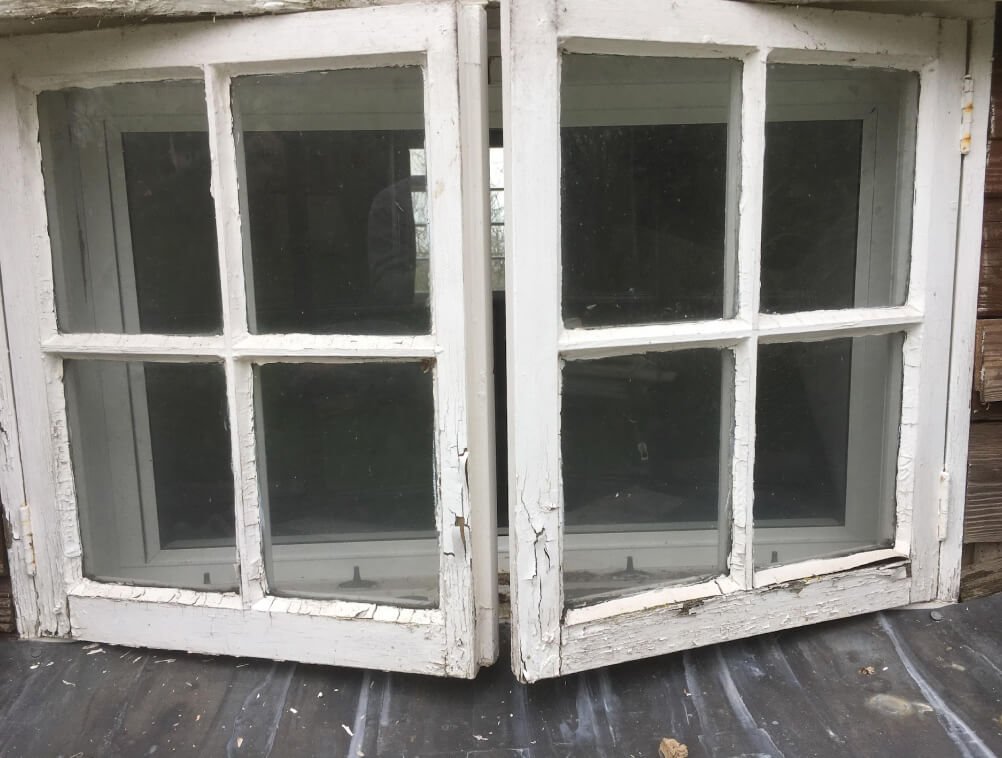
- If the wood is still sound and the damage is minor—such as worn weather stripping or broken cords—a repair might be all that’s needed.
- But if the sash is rotted, warped, or missing altogether, replacement is usually the better option.
By replacing just the sash, you retain the original frame and trim, which means less disruption to your home’s structure—and often, no need for permits in historic districts.
👉 See our custom sash replacement options here
Why We Recommend Custom-Built Sash Replacements
Off-the-shelf window sashes often don’t match historic dimensions or profiles. That’s why we handcraft each sash to match your window’s original design.
Our process includes:
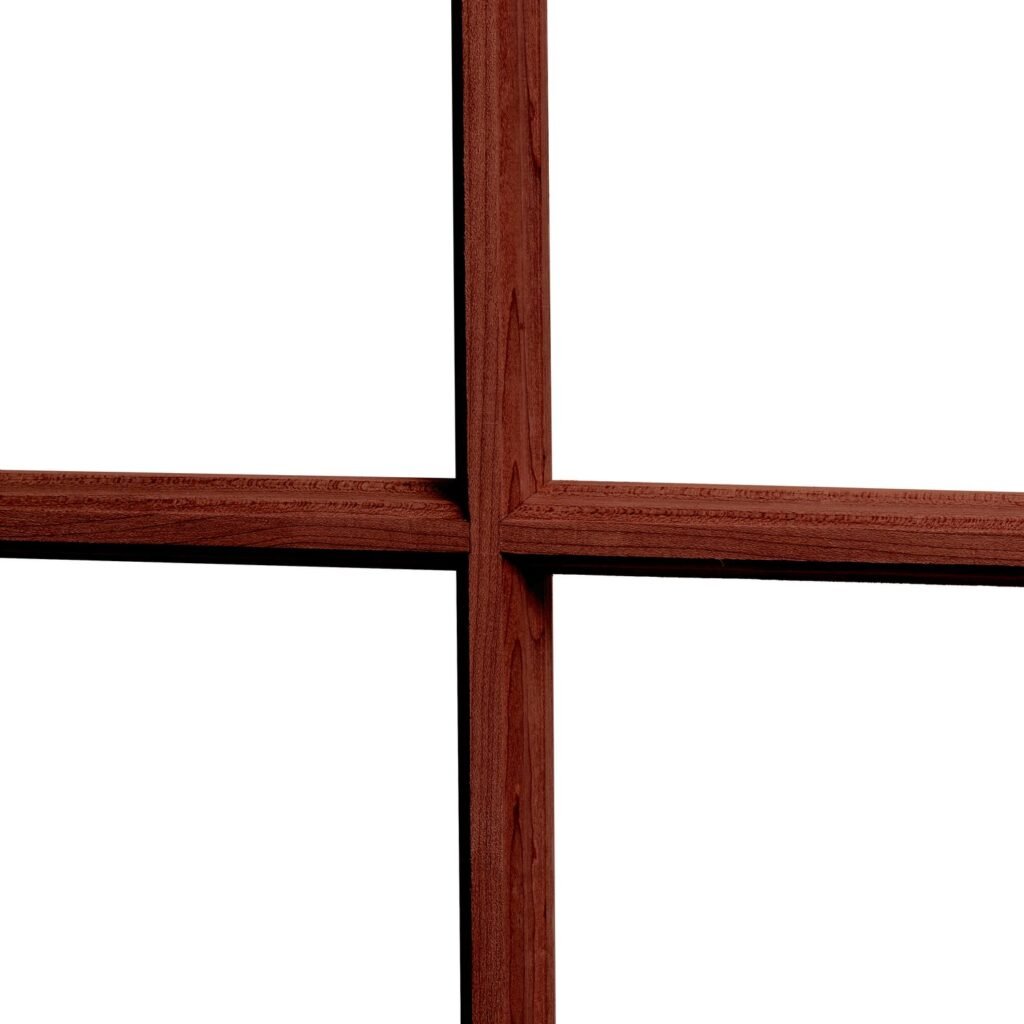
- Accurate profile reproduction — including the historically standard Ogee No. 5
- Mortise and tenon joinery, not dowels or pocket screws
- Solid wood construction, typically with sapele, VG fir, or another long-lasting species
- The option for true divided light construction or simulated muntins based on your needs
Custom sashes give you a window that fits right the first time—and looks like it’s always belonged there.
How to Measure for a New Sash (And Avoid Common Mistakes)
Before ordering, you’ll need to take a few precise measurements. It’s important to understand the terminology so you know what you’re actually measuring:
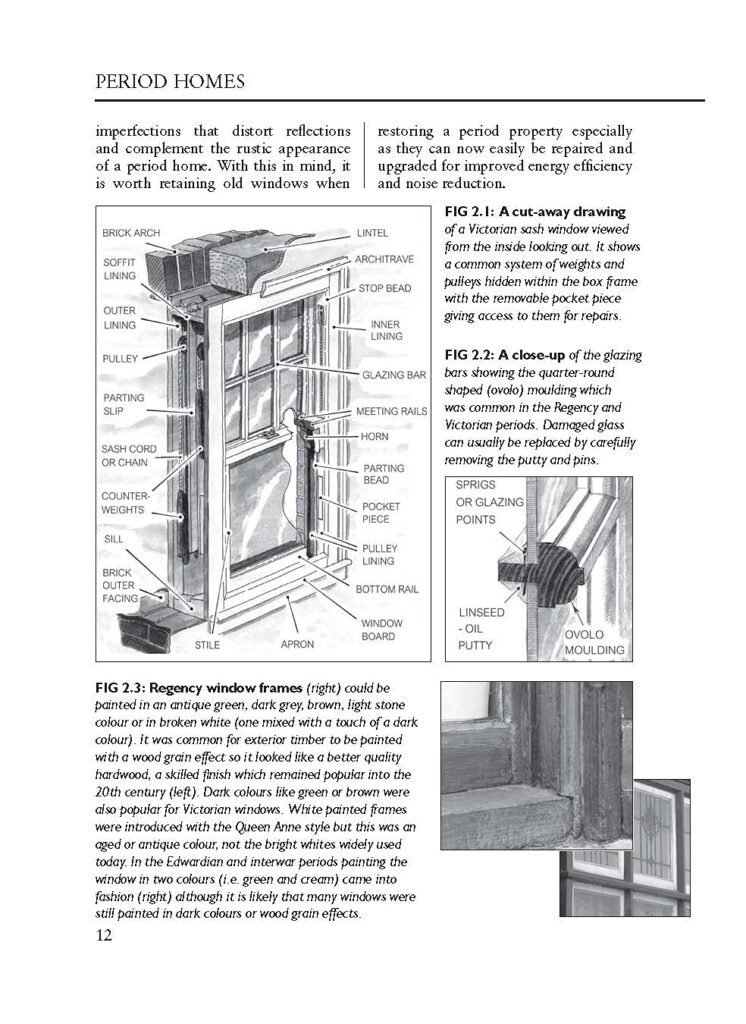
- Stiles – the vertical sides of the sash
- Rails – the horizontal top and bottom members
- Meeting rail – where the top and bottom sashes meet in the middle
- Glazing area – where the glass is set, usually secured by putty or stop molding
We recommend measuring the visible width and height of the existing sash—multiple times—to ensure accuracy. If your existing sash is missing or badly damaged, measuring the inside of the frame can work too.
(Coming soon: [Downloadable PDF measuring guide])
Frequently Asked Questions
Can you replace just the sash instead of the whole window?
Yes. If your window frame is still in good condition, a sash-only replacement is cost-effective and preserves the original character of your home.
How do I know if my sash needs to be replaced or repaired?
Look for signs like sticking sashes, rot, cracked glass, or rattling in the wind. If the sash is too far gone, a replacement is the safer choice.
Do your sashes match original historic profiles?
Yes—we regularly replicate details like the Ogee No. 5 profile, narrow muntins, and mortise joinery to stay true to your home's original windows.
Can I install the sash myself?
Yes, especially if you’re doing an in-frame swap. However, if you’re unfamiliar with sash window mechanics, a carpenter or handyman can ensure a smooth fit.
Conclusion: Restore, Don’t Replace
Historic homes deserve care, not shortcuts. By choosing custom sash window replacement, you’re maintaining the craftsmanship and authenticity that give your home its unique character—without sacrificing comfort or energy performance.
Ready to bring your windows back to life?
👉 Order your custom sash replacement here
